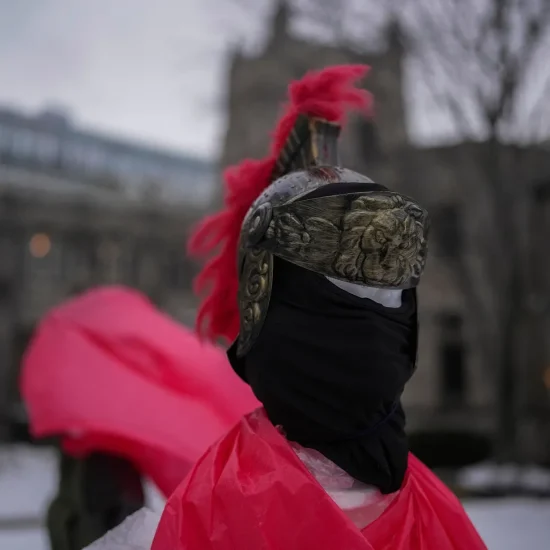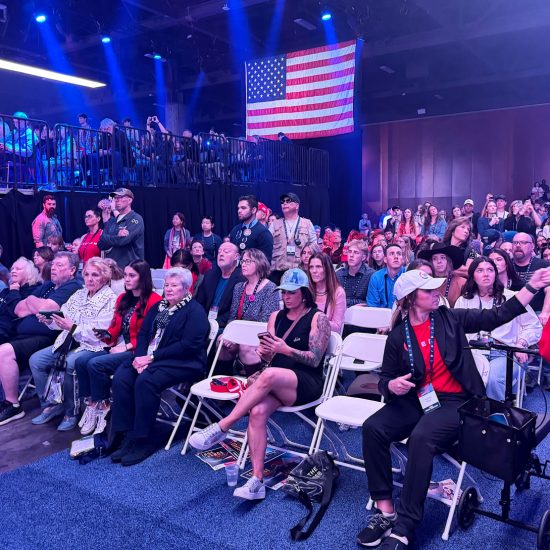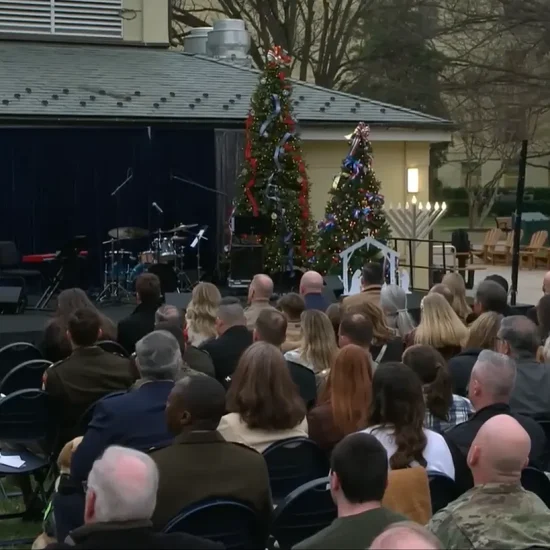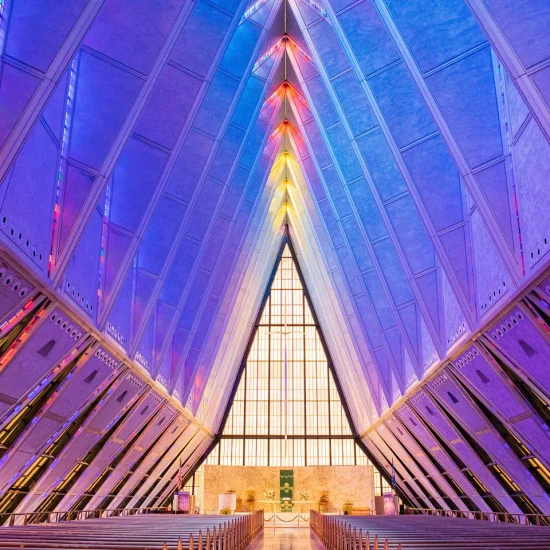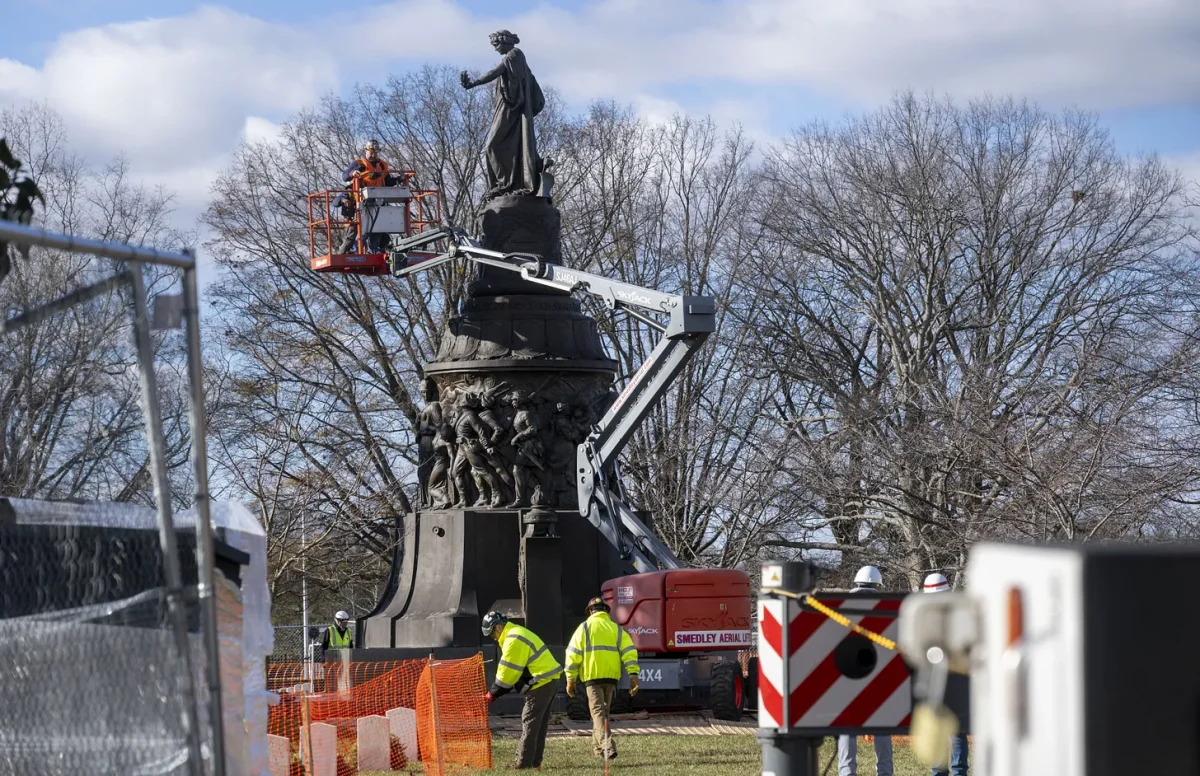
The South will rise again. Or, at least statues honoring its traitorous losers will.
On Monday (Aug. 4), the National Park Service announced it was repairing a bronze statue of Confederate General Albert Pike that was spray-painted, toppled, and set on fire during Black Lives Matter protests in 2020. On Tuesday, Secretary of Defense Pete Hegseth said he ordered the return of the Confederate Memorial to Arlington National Cemetery after it was removed in 2023 by the Biden administration following a recommendation by an independent commission.
“It never should have been taken down by woke lemmings,” Hegseth wrote on Elon Musk’s X platform. “Unlike the Left, we don’t believe in erasing American history — we honor it.”
Of course, Hegseth did seem to be trying to erase part of the history of that memorial. He called it “The Reconciliation Monument” even though its actual name is the Confederate Memorial. And it was never about promoting reconciliation but about honoring the “Lost Cause” and the White Supremacy that the Confederacy was built on and fought for.
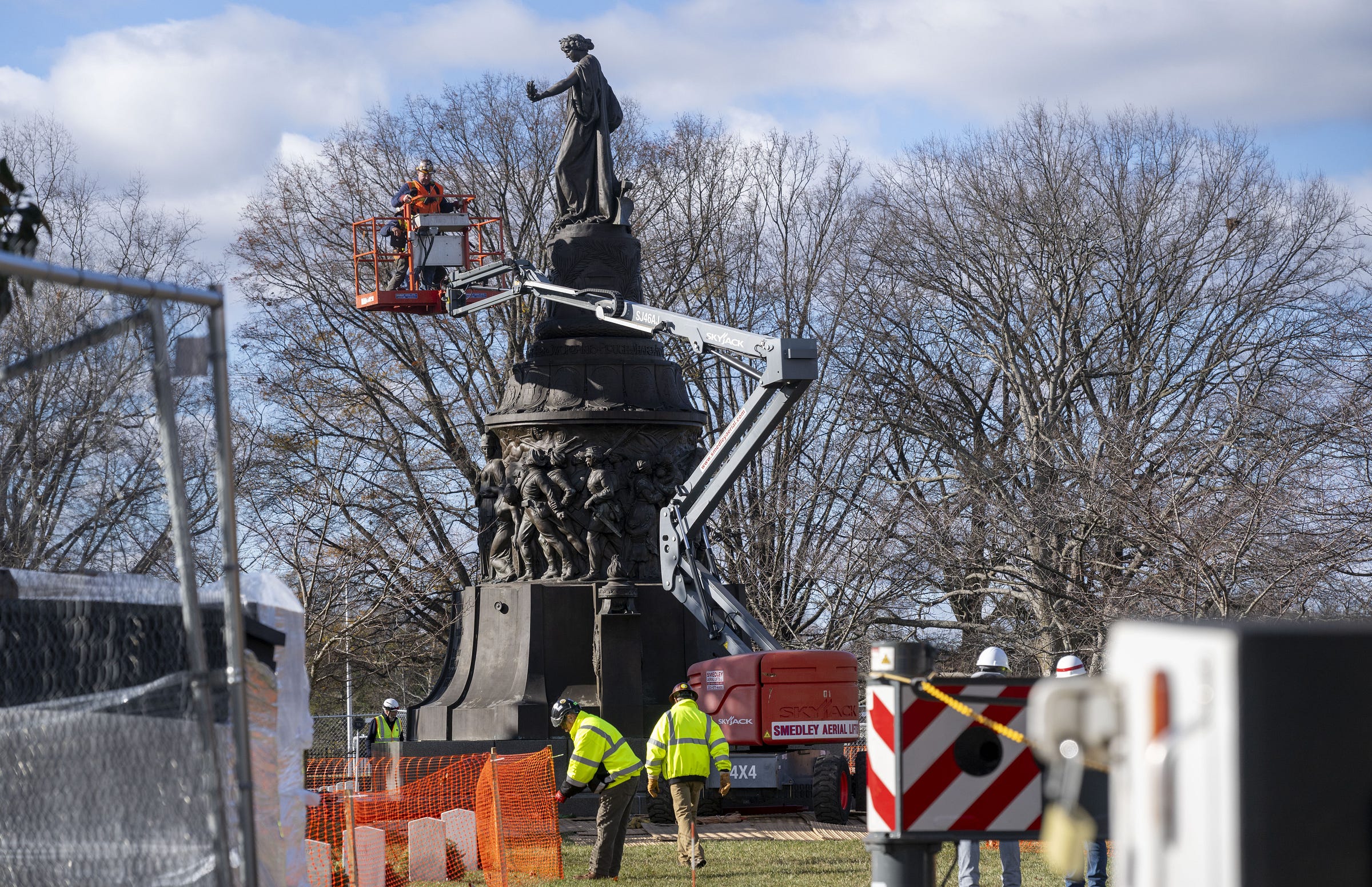
Workers remove the Confederate Memorial at Arlington National Cemetery on Dec. 18, 2023. (Kevin Wolf/Associated Press)
The memorial’s construction was originally funded by the United Daughters of the Confederacy, a group that preached the cultic gospel of the Lost Cause and supported the Ku Klux Klan. Many of the pro-Confederate monuments that sprouted like weeds across the country in the 20th century were funded and erected by the UDC. For the Arlington memorial, they raised more than $56,000, which today would be equivalent to more than $1.8 million. The sculptor, Moses Jacob Ezekiel, had served in the Confederate Army and continued to push the Lost Cause mythology in the decades following the war — even hanging a Confederate battle flag in his studio. The memorial featured sanitized images of enslaved people and an inscription calling the South’s cause the moral one.
The memorial was dedicated on June 4, 1914, with remarks by President Woodrow Wilson. A supporter of segregation, he screened the pro-KKK film The Birth of a Nation in the White House the next year. Other speakers included a grandson of Confederate General Robert E. Lee, the president of the UDC, and a former Confederate general.
Additionally, an Episcopal minister (and former Confederate soldier) delivered a long invocation that blessed the Lost Cause. Another pastor, who led the national church of the Southern Presbyterians (and where Wilson sometimes attended), was supposed to give the benediction, but a thunderstorm cut the dedication service short — which somehow wasn’t taken as a sign of divine displeasure at the new idol memorial.
With Hegseth (whose church has its own history of lifting up the Lost Cause) resurrecting the Confederate Memorial in Arlington National Cemetery, this issue of A Public Witness looks back at how prayer was used to bless this memorial and its White Supremacy ideology so we can consider what that teaches us today.
A Chaplain of the Lost Cause
Upon graduation from the University of Virginia in 1861, Randolph McKim promptly joined the Confederate Army. Starting as a private, he eventually became aide-de-camp to Gen. George Steuart and chaplain of the 2nd Virginia Cavalry. During the war, he left the battlefield for a bit to study at Virginia Theological Seminary. After he was ordained in 1864, he returned to the Confederate Army as a chaplain.
“I was commissioned and equipped for my work as a minister of Jesus Christ in the army that I loved so well,” McKim later wrote.
After the war, McKim served congregations in Maryland, Virginia, New York, and Louisiana before heading to the Church of the Epiphany, a historic Episcopal church in Washington, D.C. Ahead of the Civil War, U.S. Sen. Jefferson Davis (later the president of the Confederacy) was a member and rented a pew there. But after he fled D.C., his pew was rented instead by Secretary of War Edwin Stanton, and President Abraham Lincoln attended the funeral of a Union general in the church.
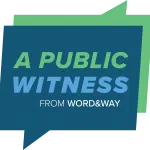
The rest of this piece is only available to paid subscribers of the Word&Way newsletter A Public Witness. Subscribe today to read this essay and all previous issues and receive future ones in your inbox.

